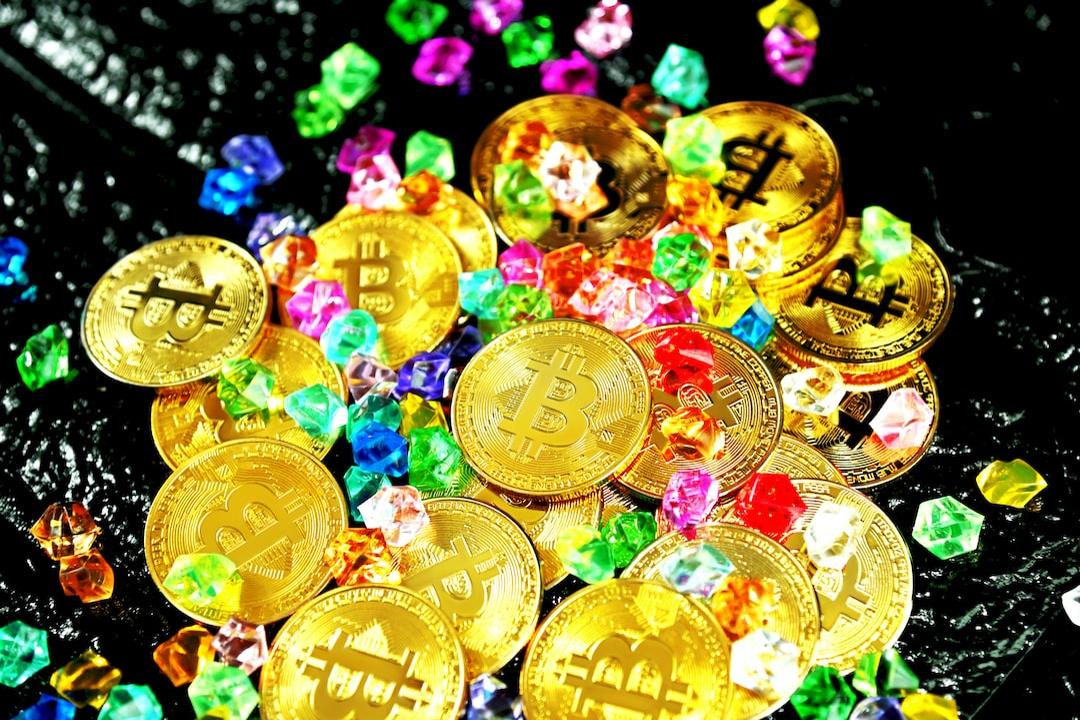Key Takeaways
Coinbase executive Conor Grogan has discovered a potential connection between early Bitcoin wallets and a Canadian exchange that has since been acquired by Kraken.
Research indicates that Satoshi Nakamoto owns 1.096 million BTC and last showed on-chain activity in 2014.
Just a few months after HBO suggested Peter Todd as Satoshi, Conor Grogan from Coinbase has revealed new findings that propose a possible link between Bitcoin’s creator and the leading crypto exchange, Kraken.
Grogan’s analysis focuses on a group of addresses that display the “Patoshi Mining Pattern,” which was recently identified by Arkham Intelligence. He suggests strong evidence, although not definitive, of a connection to Satoshi.
I have examined Satoshi Nakamoto’s wallets; here are some new findings that I believe have not been previously reported, including:
– My best guess is that Satoshi was last active on the blockchain in 2014.
– He may have used a Canadian BTC exchange!
– Kraken may have knowledge of Satoshi’s identity.pic.twitter.com/ajD2A73fm8
— Conor (@jconorgrogan) February 5, 2025
For context, the “Patoshi Mining Pattern” refers to a distinct and recognizable pattern in the early Bitcoin blockchain data that is believed to be associated with Satoshi. It is likely that Satoshi was one of the main, if not the only, miners during this period. The pattern was initially discovered and analyzed by security researcher Sergio Demian Lerner.
By analyzing the addresses with the mining pattern, Grogan estimates that Satoshi controls approximately 1.096 million BTC, which is worth over $108 billion. This would make Satoshi’s wealth, on paper, surpass that of individuals like Bill Gates.
Grogan found that these addresses have sent out 24 Bitcoin transactions, with the most common destination being an address labeled “1PYYj.” The 1PYYj address also received Bitcoin from CaVirtEx, a Canadian exchange that was acquired by Kraken in early 2016.
Grogan speculates that Jesse Powell, co-founder of Kraken, may have access to information about Satoshi’s identity through CaVirtEx’s know-your-customer (KYC) records.
“I would advise him to delete the data,” he wrote.
Kraken’s X account responded to Grogan’s research with the comment, “We are all Satoshi,” although Powell has not yet issued a statement.
The 1PYYj address is linked to an address that starts with “12ib,” which is currently one of Bitcoin’s largest active addresses holding $3 billion in BTC, according to Grogan.
“This adds credibility to the idea that 1PY was associated with Satoshi or an early adopter/contributor,” said Grogan.
Controversial findings
Grogan’s analysis has been met with skepticism. Many members of the crypto community have pointed out that it is unlikely that Kraken would have any records related to Satoshi. In the early days of crypto exchanges, KYC regulations were not as strict as they are today.
“It is unlikely that Kraken would know who is behind the wallets. Additionally, KYC is not required to send to a wallet held on an exchange,” suggested one user.
Some have noted that Bitcoin transactions can pass through multiple hands. It is possible that someone received Bitcoin from CaVirtEx and then sent it to the wallets suspected to be controlled by Satoshi.
“Why would Satoshi send BTC from a CEX to his on-chain addresses? Couldn’t it have been a random person?” questioned one user.
In response to a request not to publish research on Satoshi’s identity as it may harm the industry, Grogan stated that he sees it as positive news.
“This research gives me MORE confidence that these coins are not moving and Satoshi is no longer active,” he asserted. “The lack of movement in any connected wallets through 2014 is very bullish!”

